Home>Gardening & Outdoor>Landscaping Ideas>How To Kill Weeds, Not Grass
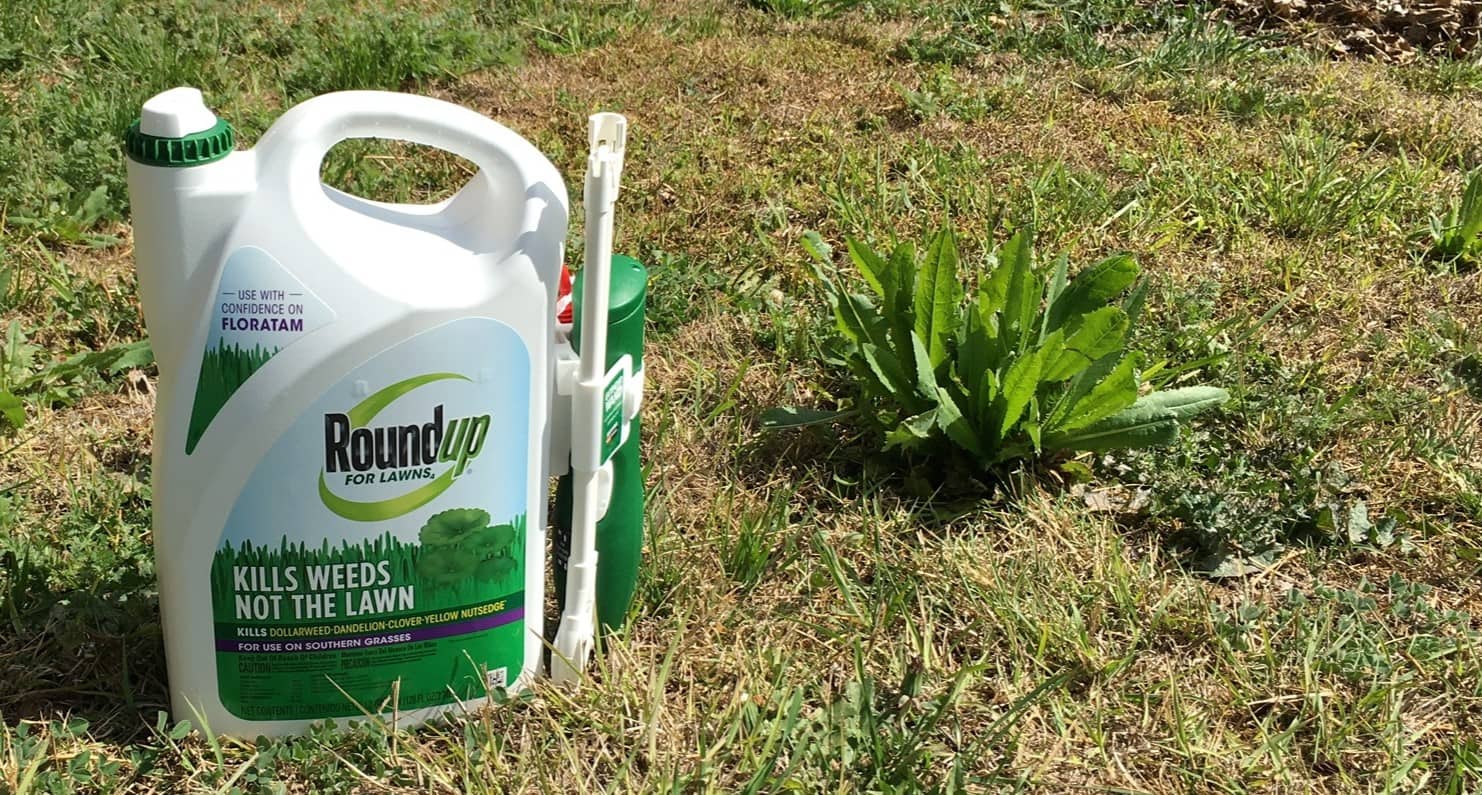

Landscaping Ideas
How To Kill Weeds, Not Grass
Published: January 27, 2024
Learn effective landscaping ideas to kill weeds without harming your grass. Discover expert tips for maintaining a weed-free lawn. Achieve a beautiful and healthy yard with our proven strategies.
(Many of the links in this article redirect to a specific reviewed product. Your purchase of these products through affiliate links helps to generate commission for Storables.com, at no extra cost. Learn more)
**
Introduction
**
Landscaping adds beauty and character to any outdoor space, transforming it into a tranquil haven for relaxation and enjoyment. However, the presence of unsightly weeds can quickly mar the pristine appearance of a well-tended garden. Weeds are not only unattractive but also compete with desirable plants for essential nutrients, water, and sunlight. Traditional weed control methods often involve harsh chemicals that can harm the environment and pose risks to human and animal health. Therefore, it's crucial to explore effective strategies for eliminating weeds while safeguarding the health of your grass and the surrounding ecosystem.
In this comprehensive guide, we will delve into the world of weed management, offering valuable insights into different types of weeds, targeted control methods, natural weed-killing solutions, and preventive measures. By understanding the intricacies of weed growth and implementing the right tactics, you can maintain a lush, weed-free lawn without compromising the well-being of your grass or the environment. Let's embark on this enlightening journey to discover how to effectively combat weeds and nurture a thriving, verdant landscape.
Key Takeaways:
- Say goodbye to weeds without harming your grass! Learn about different types of weeds and effective, natural ways to keep your lawn lush and weed-free.
- Keep your lawn healthy and vibrant by preventing weed growth. Cultivate a dense turf, use natural weed-killing solutions, and implement proactive maintenance for a beautiful, eco-friendly landscape.
Read more: How To Kill Weeds In The Grass
Understanding the Types of Weeds
Before delving into weed control strategies, it’s essential to familiarize yourself with the various types of weeds that may infiltrate your lawn. Weeds can be broadly categorized as broadleaf weeds, grassy weeds, and perennial weeds, each presenting unique challenges for effective eradication.
1. Broadleaf Weeds: These weeds, also known as dicots, are characterized by their broad, flat leaves and include common invaders such as dandelions, clover, and chickweed. Broadleaf weeds are often easily distinguishable from grasses and are notorious for disrupting the uniformity of lawns with their rapid spread and unsightly appearance.
2. Grassy Weeds: Unlike broadleaf weeds, grassy weeds exhibit characteristics similar to desirable turf grasses, making them particularly challenging to eradicate without harming the surrounding grass. Examples of grassy weeds include crabgrass, quackgrass, and annual bluegrass, which can quickly overtake a lawn if left unchecked.
3. Perennial Weeds: Perennial weeds, such as dandelions and bindweed, are persistent adversaries that can regrow from their roots year after year. Their deep root systems make them resilient and difficult to eliminate, necessitating targeted and persistent control measures.
By recognizing the distinct features and growth patterns of these weed categories, you can tailor your weed management approach to effectively target and eliminate specific weed species while safeguarding the health of your grass. Understanding the behavior and characteristics of different weeds is a crucial first step in devising a comprehensive and successful weed control strategy.
Targeted Weed Control Methods
Effective weed control requires a multifaceted approach that combines targeted methods to address the diverse array of weeds that may infest your lawn. By employing precise tactics tailored to the specific characteristics of different weed types, you can effectively combat their proliferation without causing harm to your grass or the environment.
1. Mechanical Removal: For larger weeds or isolated infestations, manual removal can be an effective initial step. Using a garden trowel or specialized weeding tool, carefully uproot the weeds, ensuring to remove the entire root system to prevent regrowth. This method is particularly suitable for broadleaf and perennial weeds that can be selectively targeted without disturbing the surrounding grass.
2. Herbicidal Treatments: Selective herbicides formulated to target specific weed types, such as broadleaf or grassy weeds, offer an efficient means of weed control. These herbicidal formulations are designed to minimize harm to desirable grasses while effectively eradicating the targeted weeds. When using herbicides, it is crucial to follow the application instructions meticulously and consider environmental factors, such as wind and precipitation, to ensure optimal effectiveness and minimal ecological impact.
3. Pre-Emergent Herbicides: Pre-emergent herbicides are valuable for preventing weed seeds from germinating, providing a proactive approach to weed control. By applying pre-emergent herbicides at the appropriate times, typically in early spring and fall, you can create a barrier that inhibits weed seedlings from taking root, thereby reducing the need for extensive post-emergent weed management.
4. Cultural Practices: Implementing healthy lawn care practices, such as proper mowing, watering, and fertilization, can fortify your grass, making it more resilient against weed encroachment. Maintaining optimal mowing heights, watering deeply but infrequently, and feeding the grass with balanced nutrients fosters a robust turf that can outcompete weeds, minimizing their establishment and spread.
By integrating these targeted weed control methods into your lawn care regimen, you can effectively combat weeds while nurturing a thriving and resilient grassy expanse. Tailoring your approach to address the specific weed species present in your lawn is key to achieving successful and sustainable weed management.
To kill weeds without harming grass, use a selective herbicide that targets weeds but not grass. Apply it when the weeds are actively growing and follow the instructions carefully.
Natural Weed Killing Solutions
For those seeking environmentally friendly and non-toxic alternatives to traditional weed control methods, natural solutions offer effective means of eradicating weeds while minimizing ecological impact. Embracing natural weed-killing remedies not only safeguards the health of your lawn and the surrounding environment but also promotes sustainable gardening practices that align with eco-conscious principles.
1. Vinegar: Household vinegar, particularly horticultural vinegar with a higher acetic acid concentration, can serve as a potent natural herbicide. When applied directly to weeds on a sunny day, vinegar desiccates the foliage, effectively killing the plants. However, caution must be exercised when using vinegar, as its non-selective nature can harm desirable plants if not applied judiciously.
2. Boiling Water: A simple yet effective natural weed control method involves pouring boiling water over weeds growing in pavement cracks or other unwanted areas. The intense heat destroys the plant cells, causing the weeds to wither and perish. This method is especially suitable for areas where vegetation is not desired, as it poses no risk of residual soil contamination.
3. Corn Gluten Meal: As a natural pre-emergent herbicide, corn gluten meal inhibits weed seed germination, making it an eco-friendly option for preventing weed growth. This byproduct of corn processing releases natural compounds that suppress the development of weed roots, effectively reducing weed populations without harming surrounding vegetation.
4. Mulching: Utilizing organic mulch, such as wood chips, straw, or shredded leaves, not only conserves soil moisture and regulates temperature but also impedes weed germination and growth. By creating a protective barrier over the soil, mulch suppresses weed emergence, minimizes light penetration, and enriches the soil as it decomposes, promoting a healthy and weed-resistant growing environment.
By incorporating these natural weed-killing solutions into your lawn maintenance routine, you can effectively combat weeds while upholding a commitment to sustainable and eco-friendly gardening practices. These natural alternatives offer a harmonious balance between weed control efficacy and environmental responsibility, empowering you to maintain a vibrant and thriving landscape while minimizing the use of synthetic chemicals.
Preventing Weed Growth
Proactive weed prevention is paramount in maintaining a pristine and healthy lawn, reducing the need for reactive weed control measures. By implementing preventive strategies, you can create an inhospitable environment for weed proliferation while fostering the optimal growth and vitality of your grass.
1. Dense and Healthy Turf: Cultivating a dense and vigorous turf is one of the most effective deterrents against weed encroachment. By promoting robust grass growth through proper watering, regular mowing, and balanced fertilization, you can create a competitive environment that inhibits weed establishment and propagation. A well-nourished and thriving lawn is better equipped to outcompete and suppress weed growth, minimizing the need for extensive weed management.
2. Proper Lawn Maintenance: Adhering to sound lawn care practices, such as maintaining the appropriate mowing height, aerating the soil, and overseeding bare or thin areas, contributes to a resilient and weed-resistant turf. Regular aeration enhances soil structure, improves nutrient uptake, and reduces thatch accumulation, fostering an optimal growing environment for grass while impeding weed development.
3. Landscape Fabric and Mulching: Utilizing landscape fabric in conjunction with organic mulch in garden beds and around ornamental plants provides an effective barrier against weed emergence. The landscape fabric inhibits weed growth by blocking sunlight and impeding root penetration, while mulch further suppresses weed germination and conserves soil moisture, creating an inhospitable environment for weeds to thrive.
4. Timely Weed Removal: Promptly removing weeds as soon as they appear prevents them from dispersing seeds and spreading, mitigating future weed infestations. Regular inspections of the lawn and garden beds enable early detection and swift removal of weeds, minimizing their impact and preventing the perpetuation of the weed population.
By integrating these preventive measures into your landscape management routine, you can fortify your lawn against weed intrusion, reducing the reliance on reactive weed control methods and fostering a healthy, vibrant, and weed-free outdoor space. Embracing a proactive approach to weed prevention not only minimizes the effort and resources expended on weed management but also sustains the beauty and integrity of your landscape.
Read more: How To Kill All Weeds And Grass
Conclusion
As stewards of our outdoor spaces, it is essential to approach weed management with a holistic perspective, striving to maintain the health and beauty of our landscapes while minimizing the ecological impact of our practices. Understanding the intricacies of weed growth, recognizing the diverse array of weed species, and implementing targeted control methods are pivotal in achieving effective weed management without compromising the well-being of our grass and the environment.
By embracing natural weed-killing solutions, proactive prevention tactics, and integrating sustainable practices into our lawn care regimen, we can create a harmonious balance between weed control efficacy and environmental responsibility. These conscientious approaches not only safeguard the health of our lawns but also contribute to the preservation of biodiversity and the well-being of our ecosystems.
As we embark on the journey of nurturing our outdoor sanctuaries, let us cultivate a deep appreciation for the interconnectedness of all living organisms within our landscapes. Through mindful and informed weed management, we can foster thriving, verdant environments that serve as havens of tranquility and natural beauty, enriching our lives and those of future generations.
Together, let us continue to explore innovative and sustainable practices that uphold the vitality and splendor of our landscapes, ensuring that our outdoor spaces flourish in harmony with nature, free from the encumbrance of invasive weeds and imbued with the enduring allure of a well-tended and ecologically conscious haven.
Frequently Asked Questions about How To Kill Weeds, Not Grass
Was this page helpful?
At Storables.com, we guarantee accurate and reliable information. Our content, validated by Expert Board Contributors, is crafted following stringent Editorial Policies. We're committed to providing you with well-researched, expert-backed insights for all your informational needs.
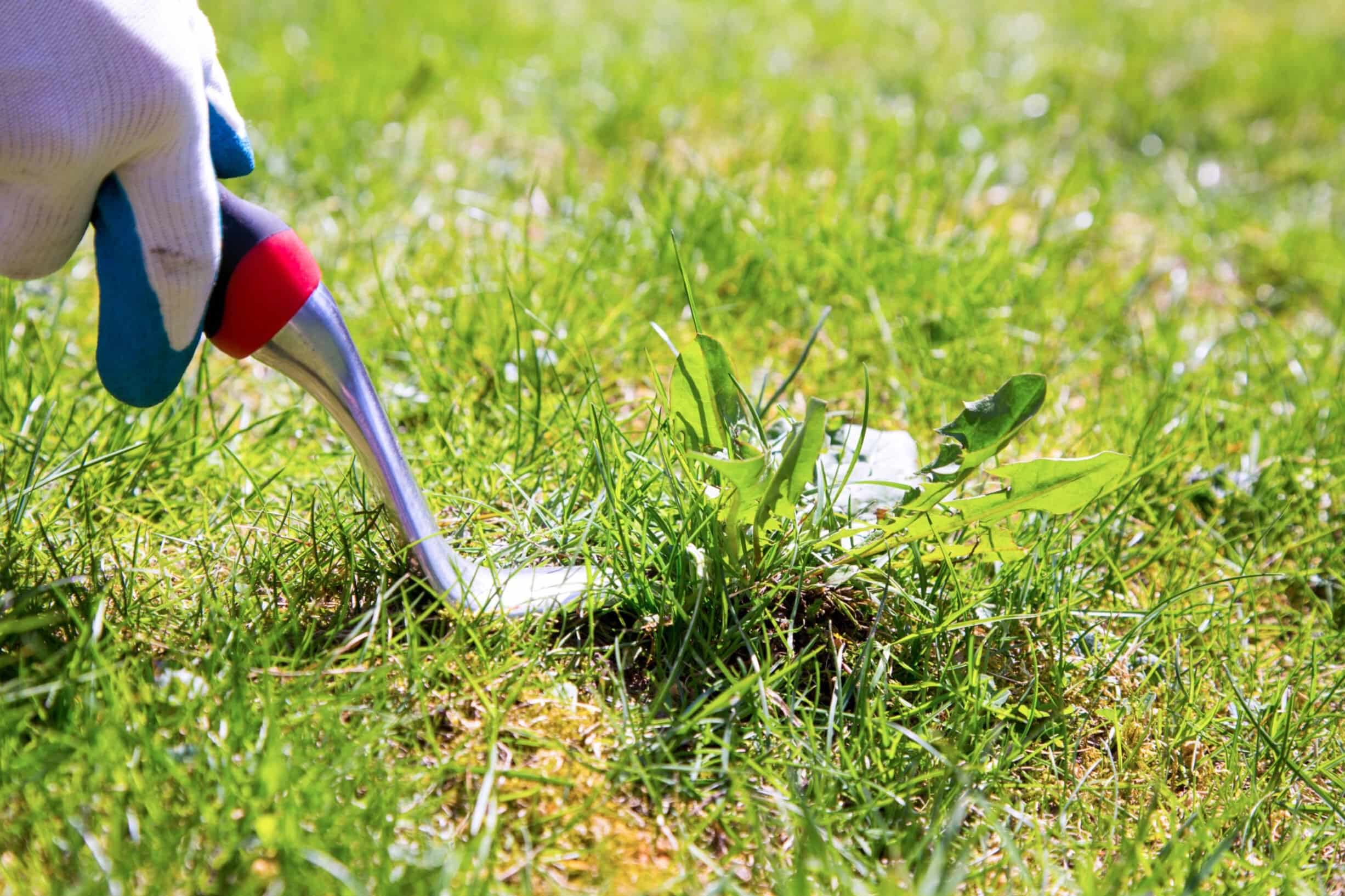
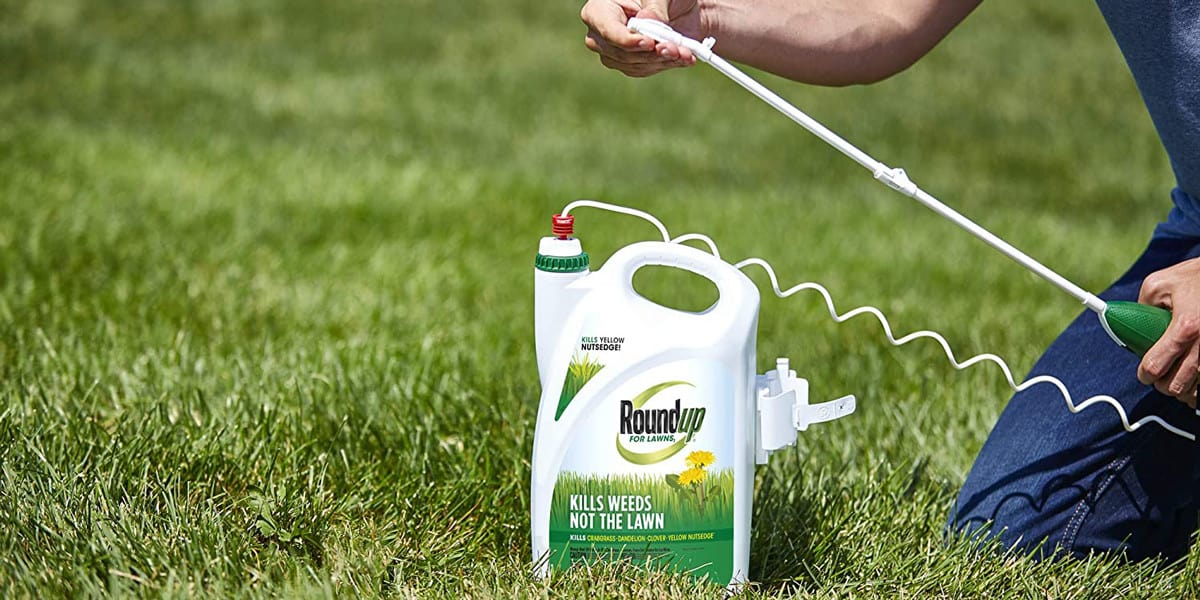
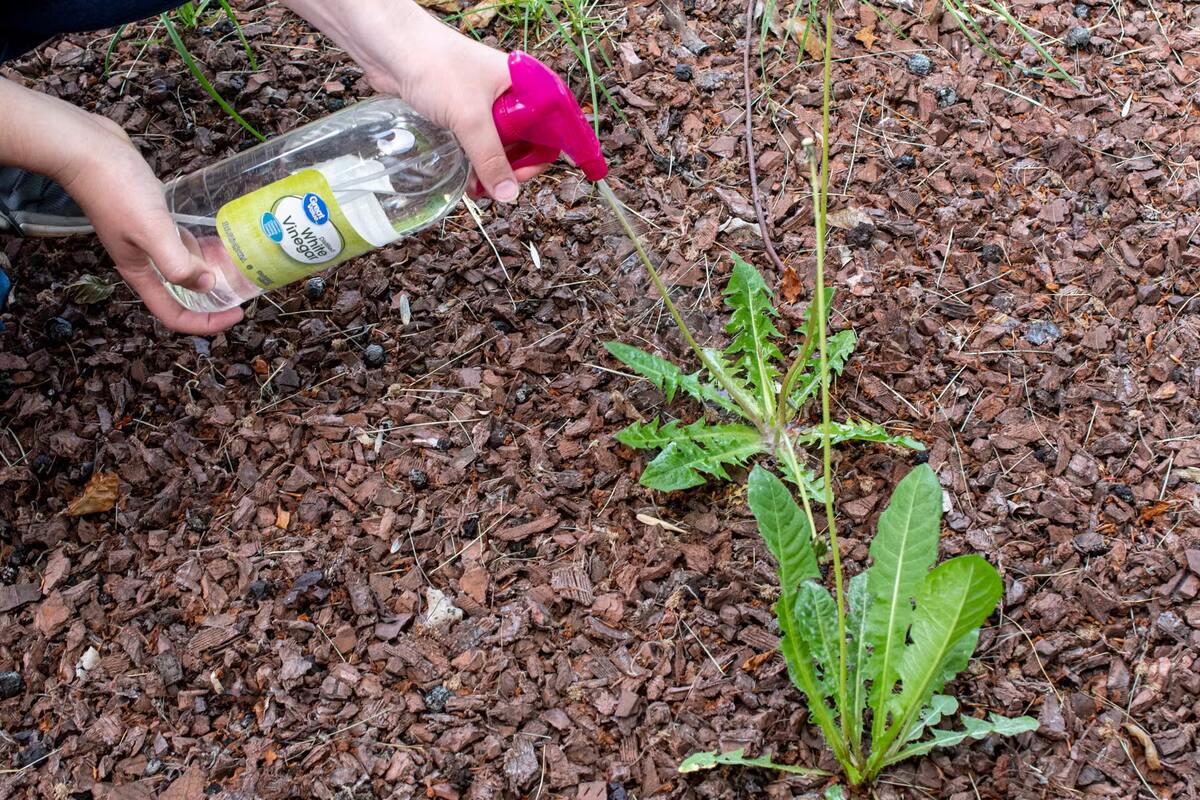
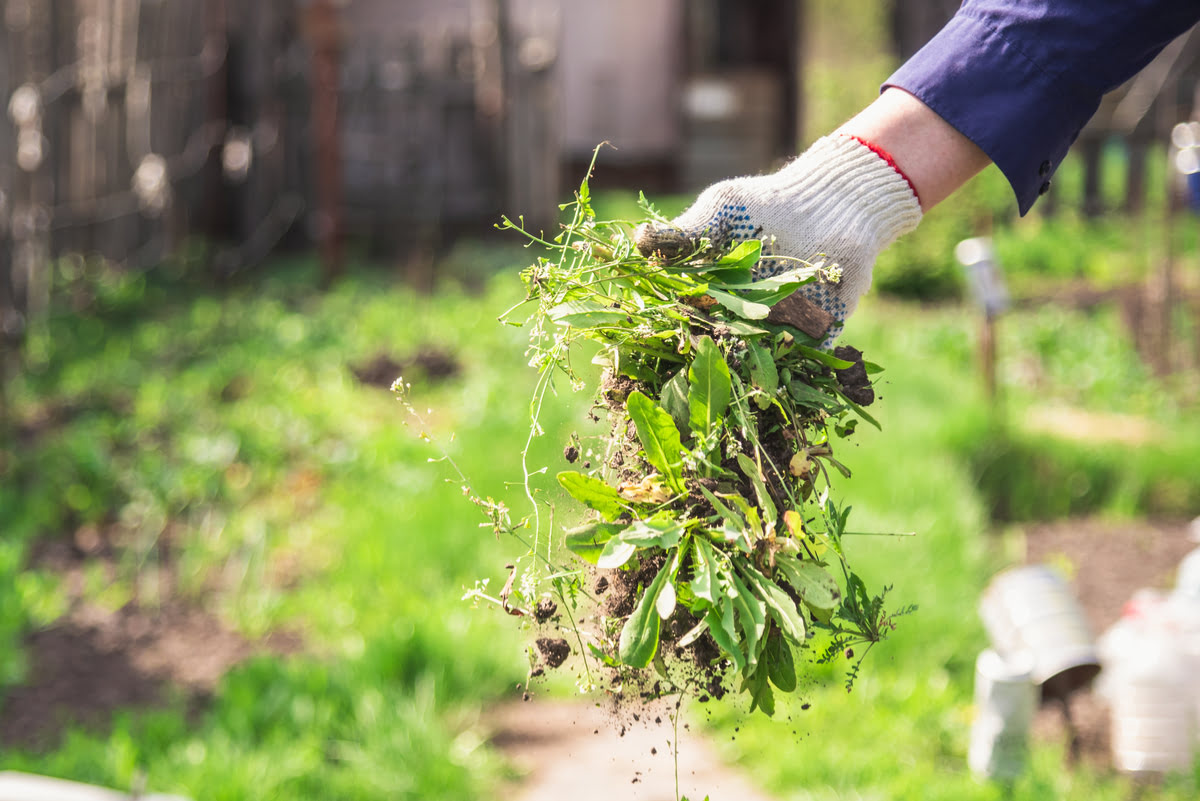
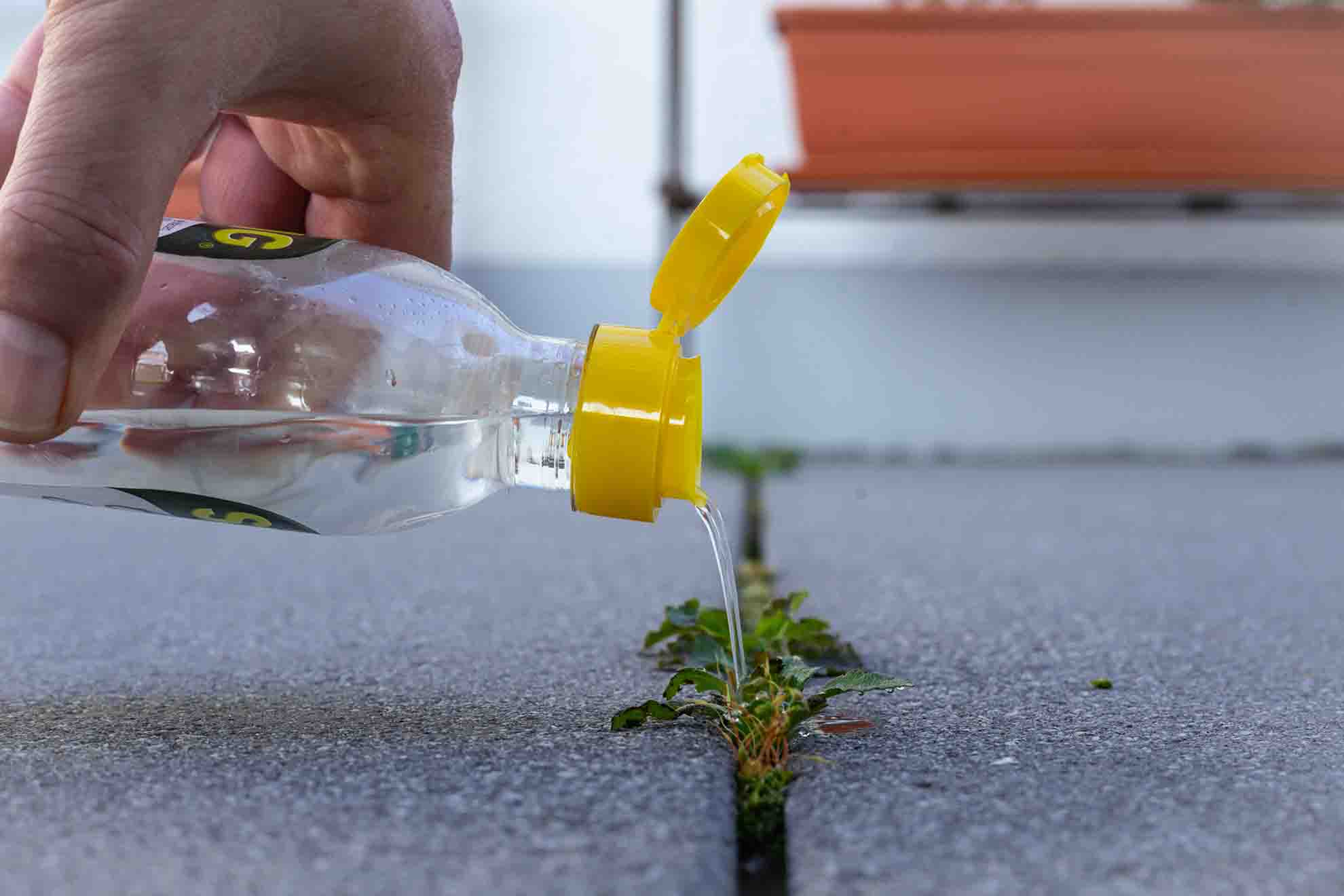
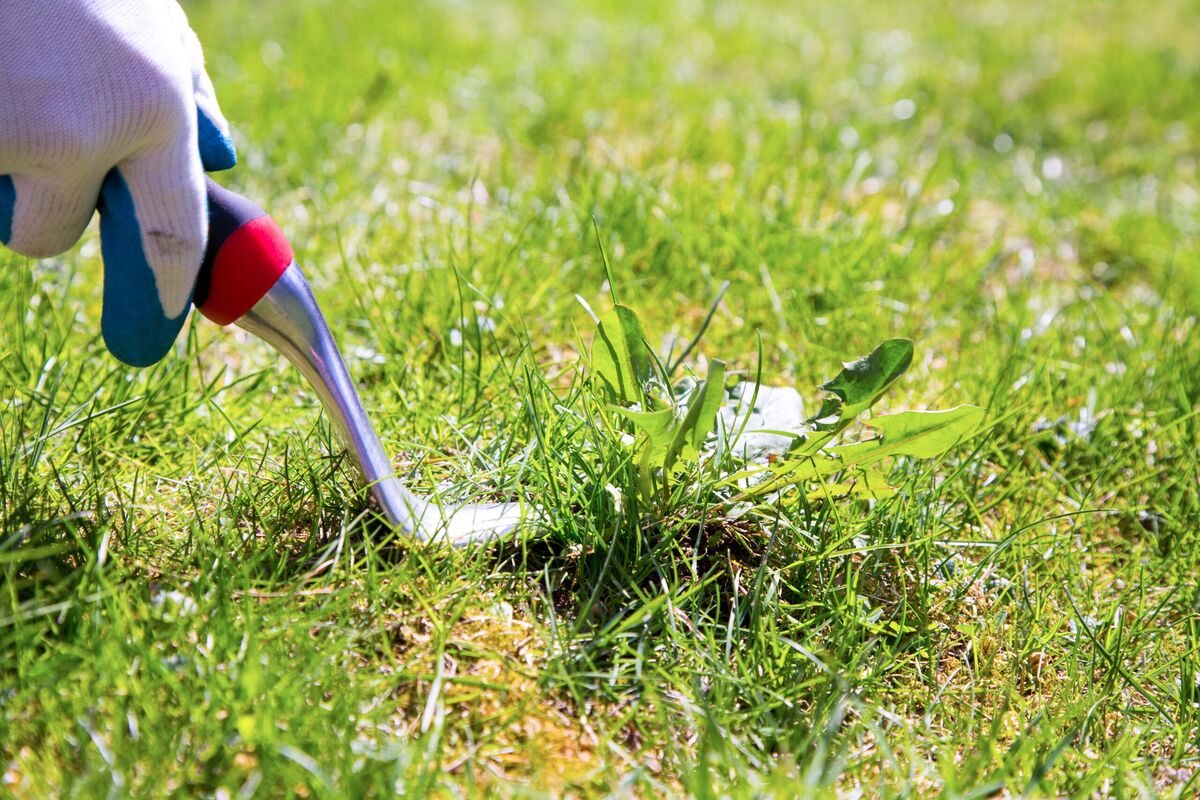


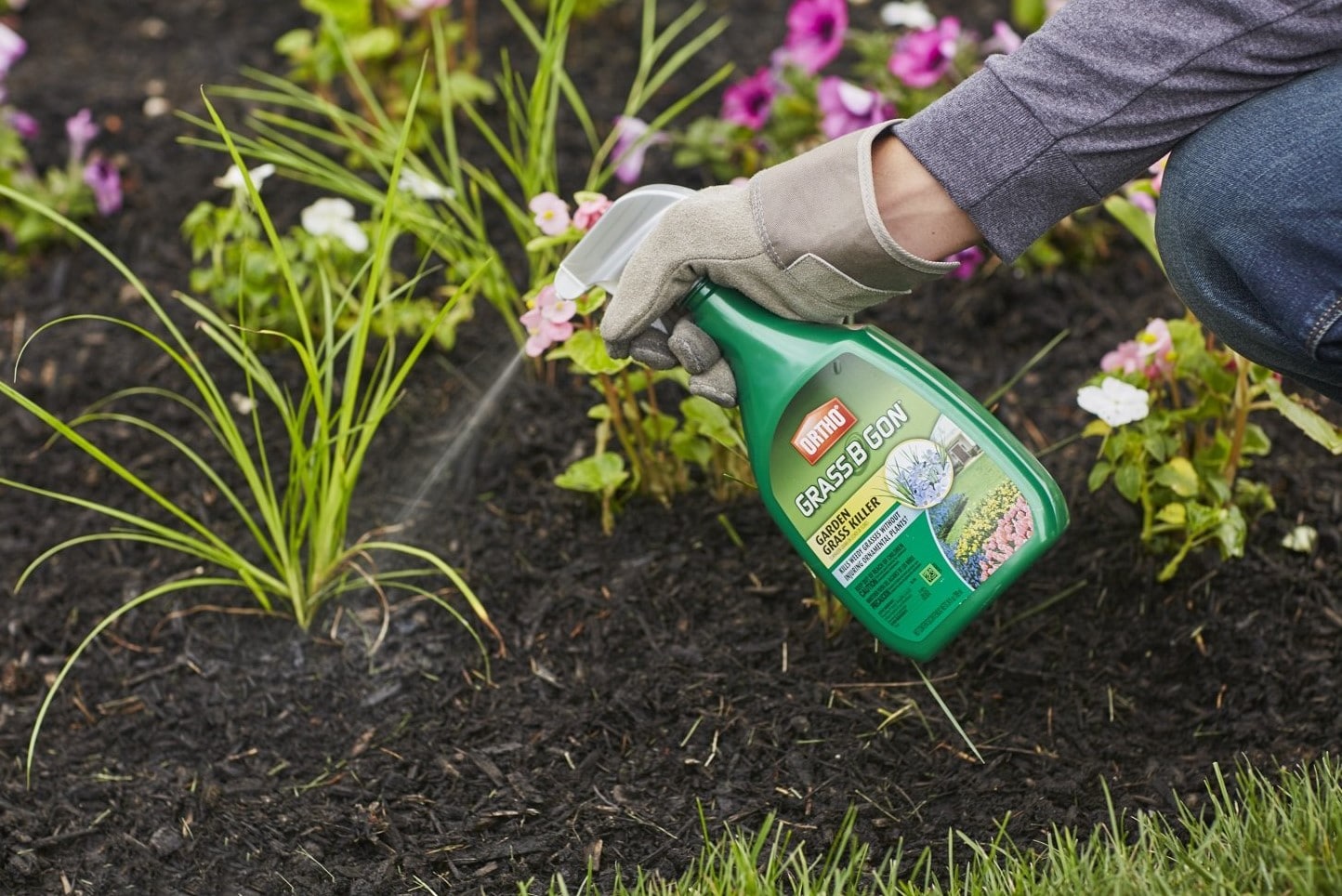
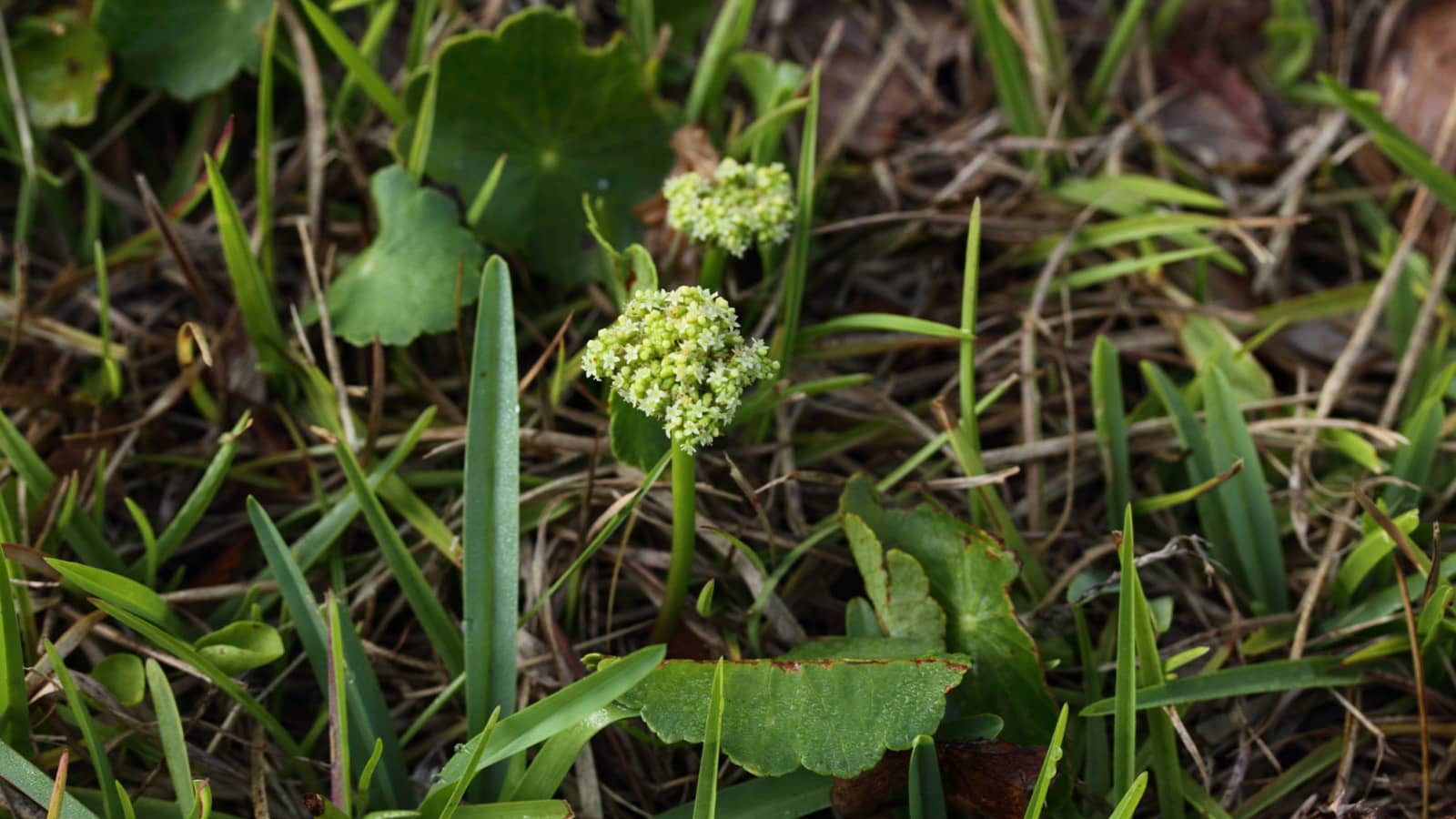
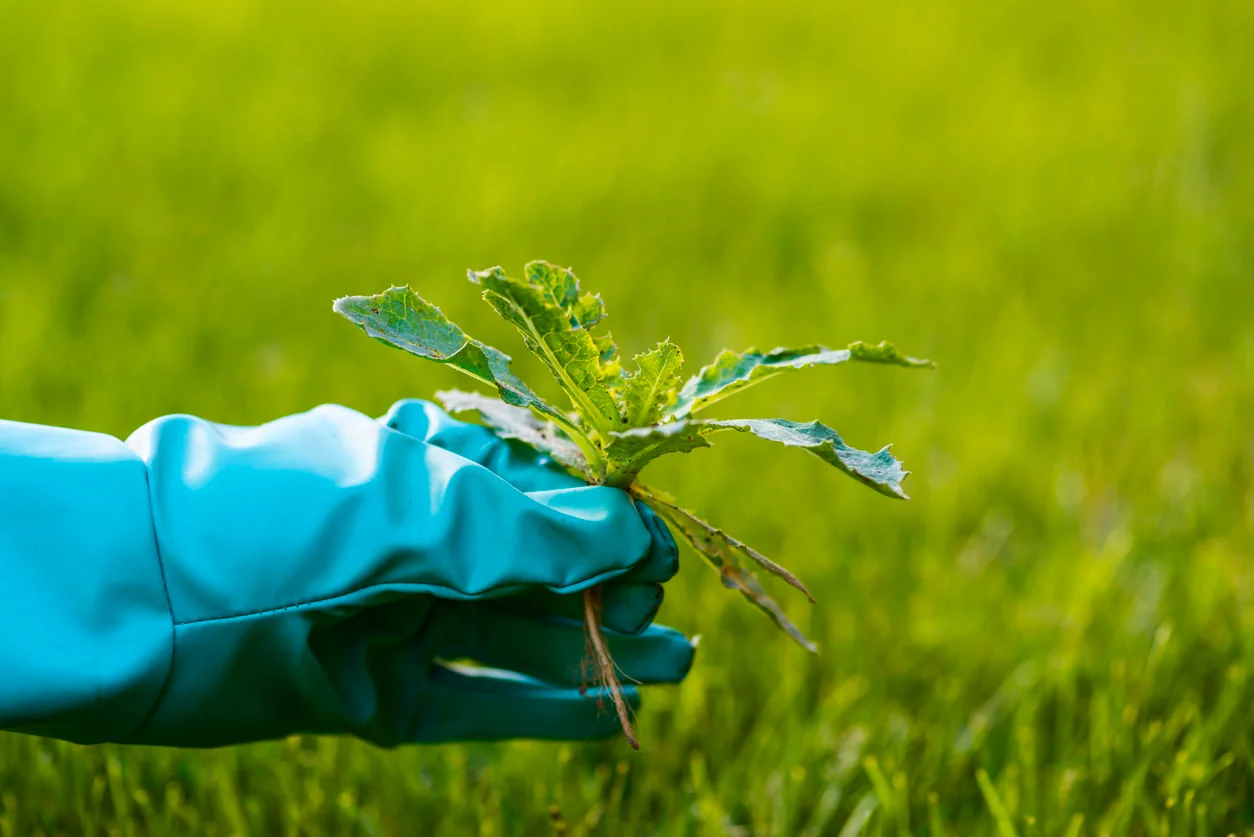
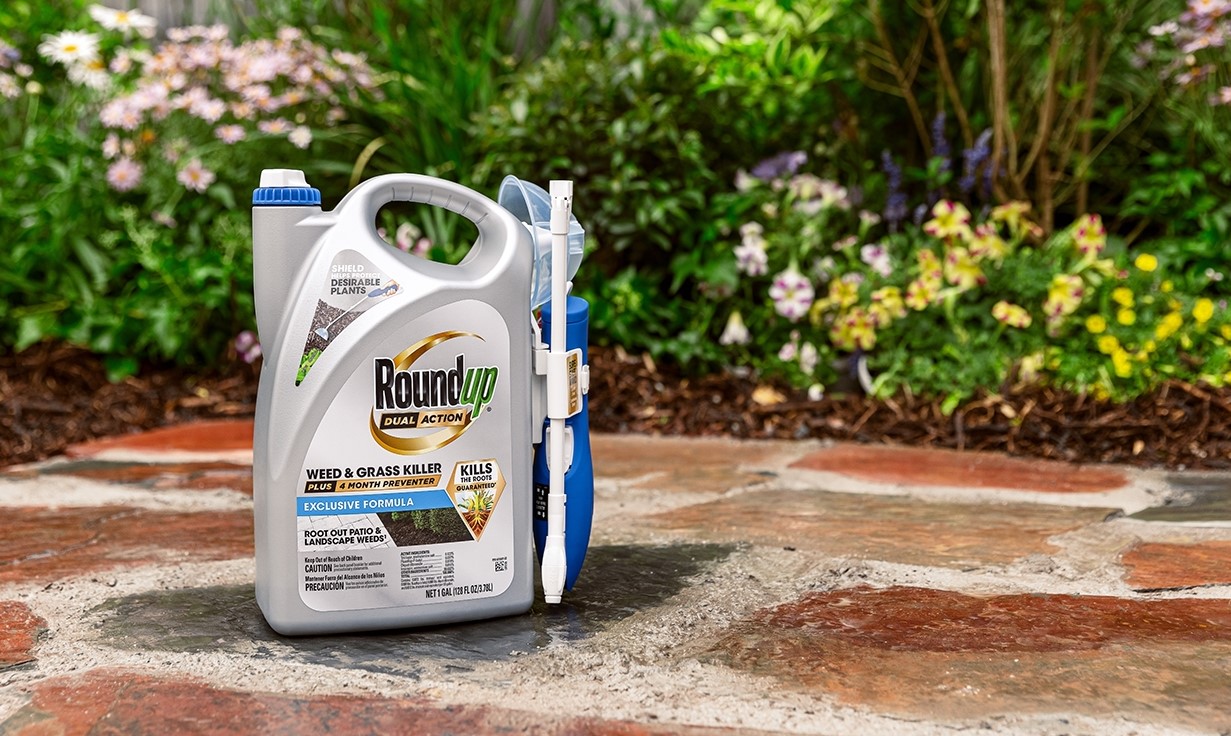
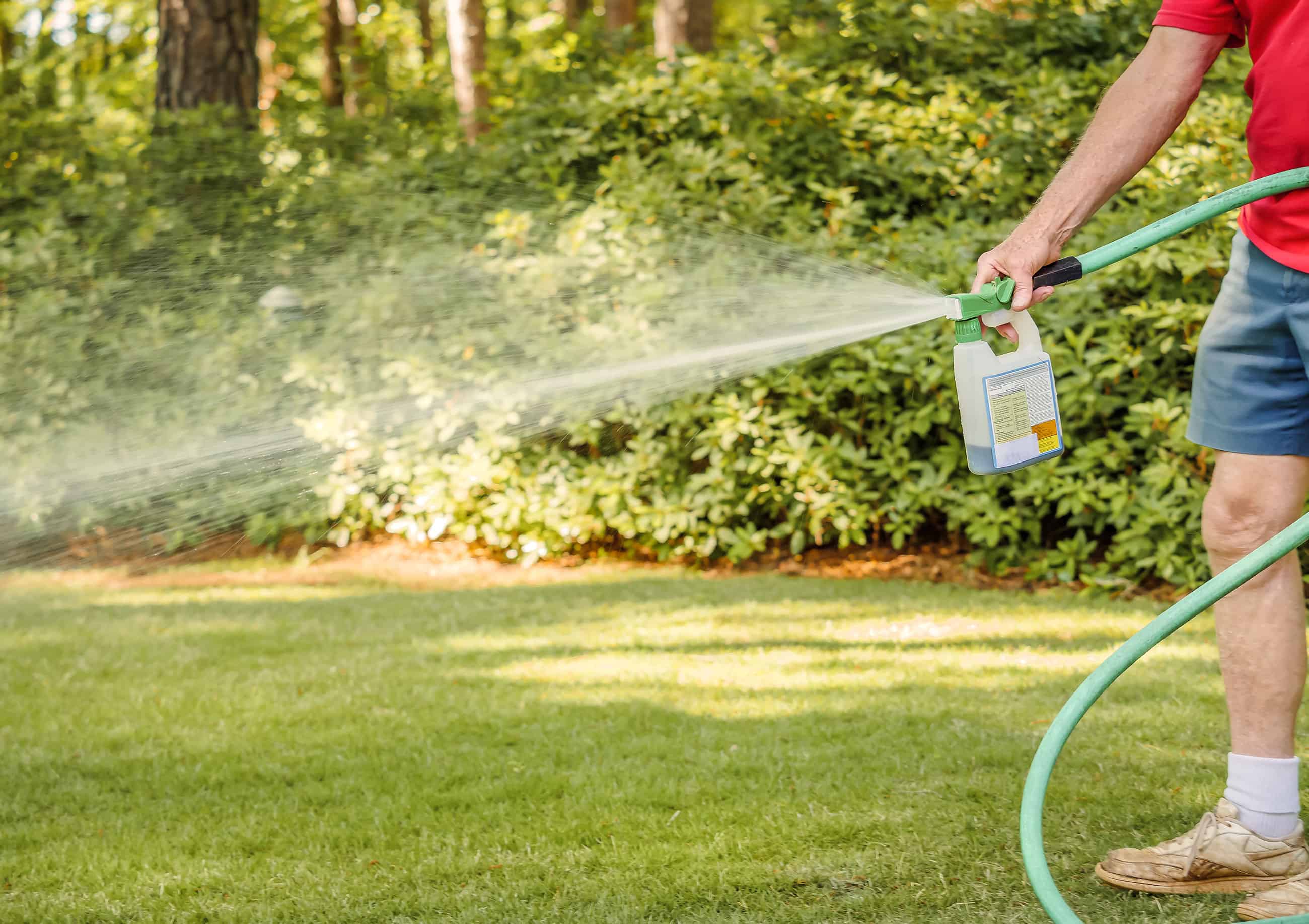
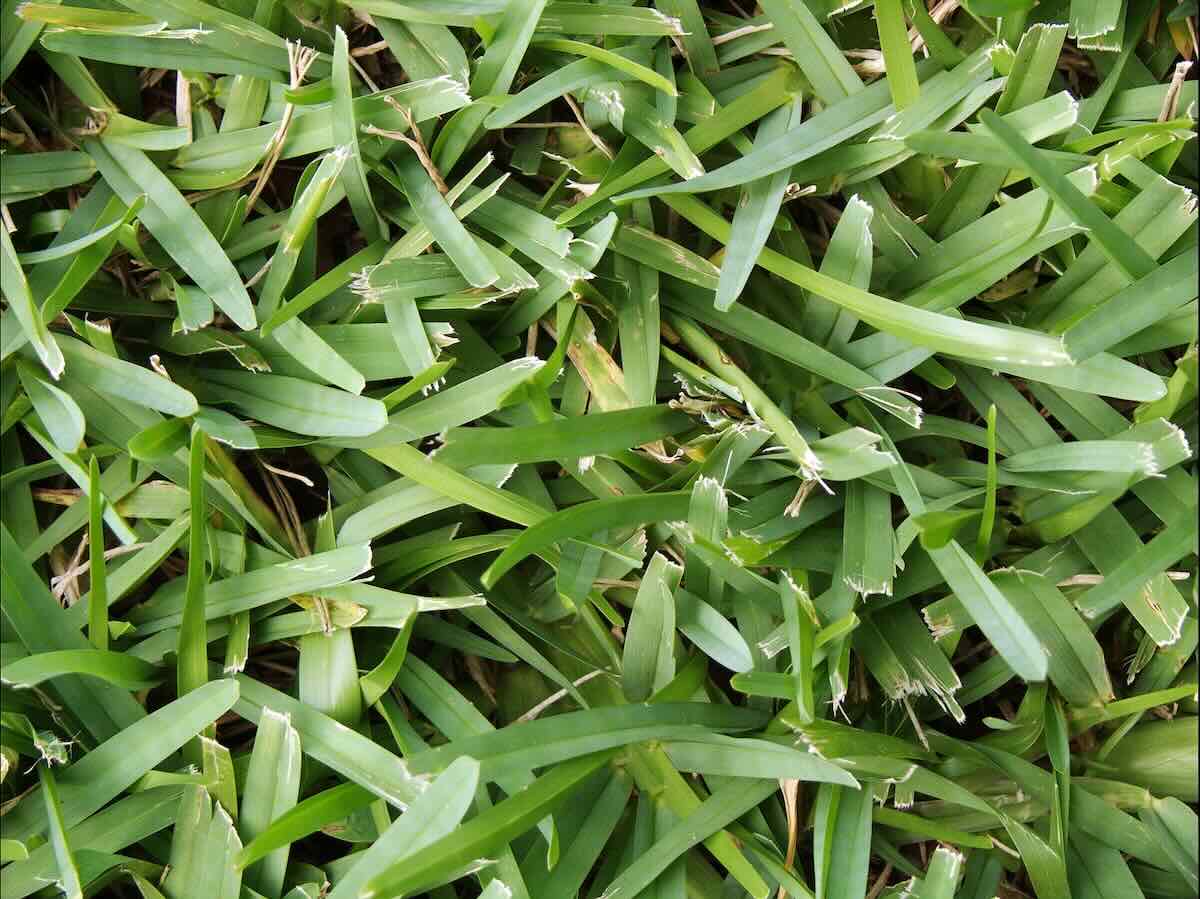

0 thoughts on “How To Kill Weeds, Not Grass”